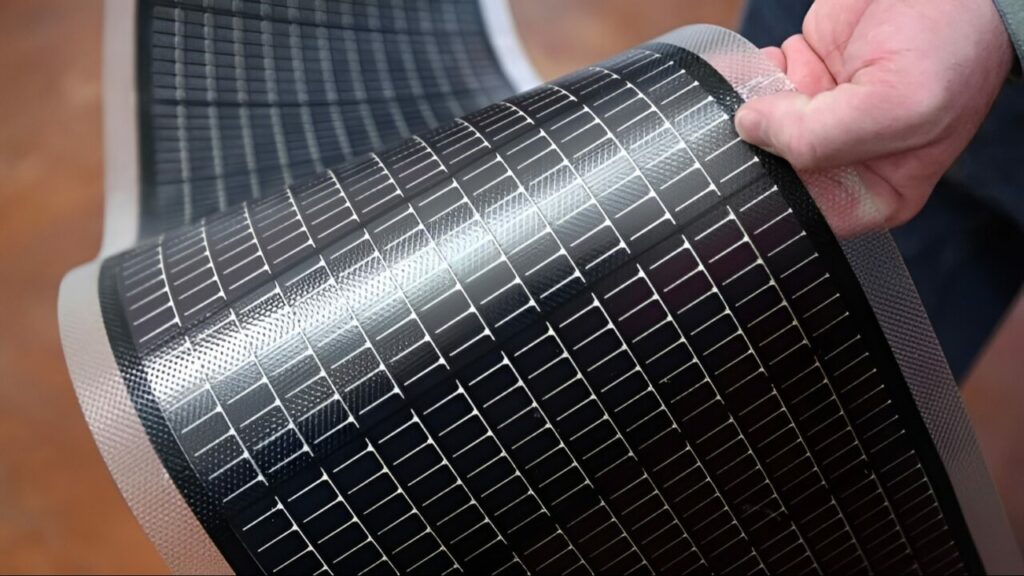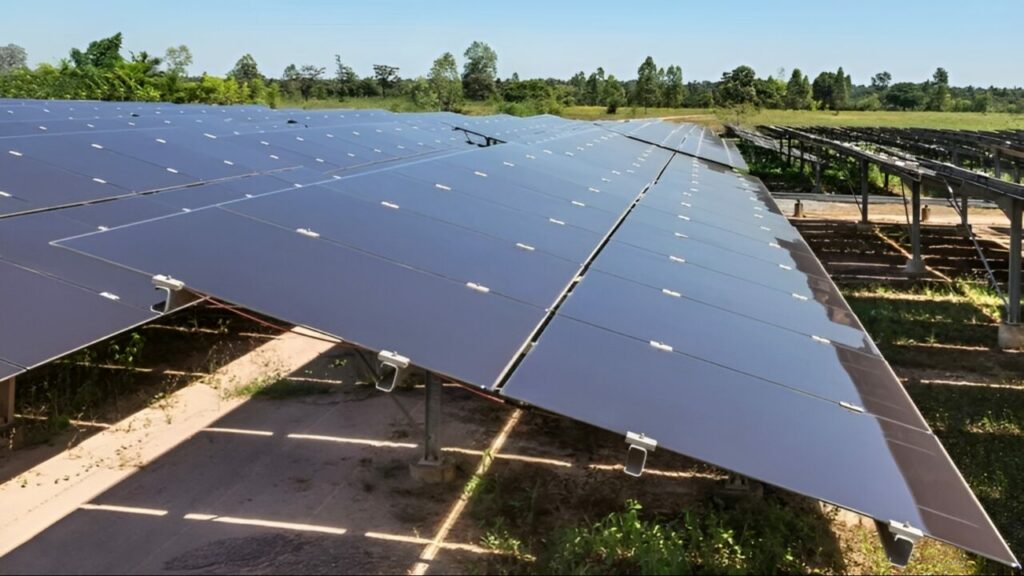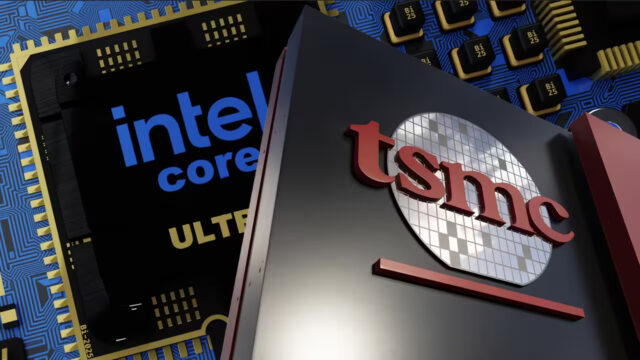In the field of solar energy, thin-film cheap solar panel alternatives are signaling an innovative era. These panels stand out for their much thinner structure compared to traditional solar panels. Being flexible and lightweight, they offer an ideal alternative especially for small-scale applications and mobile uses.
Thin-film solar panel alternatives: Offering affordable and flexible usage
This technological advancement points to significant potential in the solar energy sector. Thin-film panels, particularly with their lightweight and flexible structure, offer an attractive option for small-scale and mobile applications. Different types provide variable advantages depending on specific needs and conditions. Here are the thin-film cheap solar panel alternatives:

Amorphous Silicon (a-Si) Alternative Solar Panel: Bringing a new breath to solar energy, a-Si alternative panels transfer the technology familiar from small electronic devices to larger scales. They are created by spreading a thin layer of silicon onto another surface.
Due to their flexible structure, these panels are resistant to physical damage and maintain functionality even in low-light conditions. However, their low efficiency rates, varying between 6-8%, and decreasing performance over time, make them less appealing for long-term projects.
Organic Photovoltaic (OPV) Solar Panels: OPV panels stand out for their aesthetic differences and variety of color options. With approximately 11% average efficiency rates, they are more efficient than a-Si panels, yet they have a short lifespan of about 10 years, requiring frequent replacements.

Cadmium Telluride (CdTe) Panels: As the most commonly used type among thin-film cheap alternative panels, CdTe panels attract attention for their relatively high efficiency rates and low carbon footprint. These panels offer an efficiency rate of 9-15%, almost on par with polycrystalline panels. However, the toxic nature of the cadmium they contain brings various environmental and health risks from production to waste management.
Copper Indium Gallium Selenide (CIGS) Panels: CIGS panels are prominent in the market with efficiency rates of 12-14%. They are created by layering elements like copper, indium, gallium, and selenide. Sometimes containing cadmium, these panels can carry similar environmental and health concerns as CdTe panels.

However, some CIGS panels are produced using safer zinc oxides. Although less common due to their high costs, these alternative panels are potentially seen as an ideal thin-film solar panel solution.
With further development of these panels, improving their efficiency and extending their lifespan could enable them to play a more effective role in widespread applications. Thin-film solar panels are opening a new path for the future of solar energy technology.
These innovative steps can play a significant role on the path to sustainable and eco-friendly energy solutions. How do you think these cheap solar panel alternatives will impact the energy sector? How will they change our daily lives and environment? We look forward to your comments.














